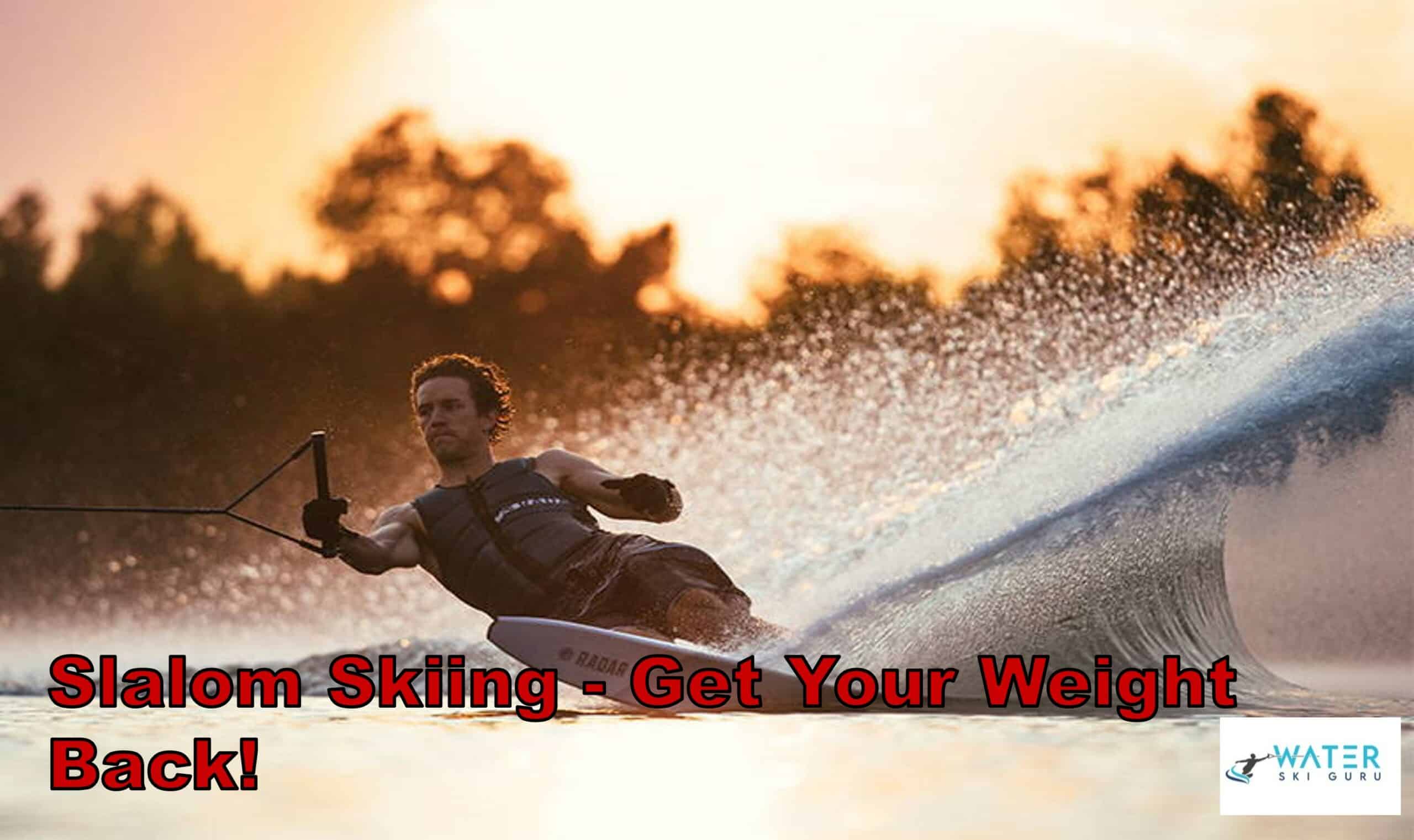I’ve been passionate about water sports for as long as I can remember, and among them, slalom water skiing holds a special place. The thrill of slicing through the water, navigating a course of buoys, is both exhilarating and demanding.
The key to excelling in slalom water skiing lies in one crucial aspect: weight distribution. Unlike its snowy counterpart, slalom water skiing requires you to lean back. This shift in your center of gravity towards the rear of the ski ensures better control and quicker response times on the water.
In this article, we’ll explore the essentials of slalom water skiing and share techniques to perfect your weight distribution on the water. Ready to glide through the waves and master those sharp turns? Let’s dive in!
Understanding the Basics of Slalom Water Skiing
To conquer slalom water skiing, understanding the basics and mastering the art of leaning back is vital!
Slalom water skiing involves maneuvering through a series of buoys on a water course. It demands excellent body positioning, speed control, and precise movements.
For slalom water skiing, the right gear is essential. You’ll need a single slalom ski, designed for agility and speed. This ski allows for sharper turns and better control. Your boots should offer solid ankle support, aiding in balance and maneuverability.
In terms of body positioning, leaning back is key. Your upper body should be slightly reclined, with your hips pushed forward. This stance helps maintain balance and control as you cut through the water at high speeds.
Additionally, mastering edge control is crucial. This involves understanding how to angle your ski to carve through the water effectively. With these fundamentals, you’re set to tackle more challenging courses with confidence!
Importance of Weight Distribution in Slalom Water Skiing
The way you distribute your weight is critical in slalom water skiing. Proper balance leads to better edge control and smoother carving techniques.
Here’s how weight distribution affects your performance:
- Weight Distribution – Effect on Turn Shape – Effect on Speed
- More weight on the rear – Tighter turn shape – Faster speed
- Balanced weight – Wide turn shape – Moderate speed
To make tighter turns and increase speed, shift more weight onto the rear of the ski. For more control or to slow down, balance your weight evenly.
Understanding and practicing these weight distribution techniques will enhance your edge control and carving skills on the water.
Techniques for Mastering Weight Distribution
Improving your performance in slalom water skiing involves mastering the technique of leaning back. This is crucial for maintaining balance and controlling your speed.
Balance drills focusing on core stability and leg strength are beneficial. These exercises improve your ability to maintain the leaned-back position.
Body positioning is also vital. As you initiate a turn, lean back while keeping your knees slightly bent. This shifts your weight onto the rear of the ski, giving you better control.
Flexibility exercises can enhance your range of motion, allowing for smoother transitions between turns. Additionally, ensure your ski equipment, especially your boots, fits well and supports your stance.
Mastering Turns and Maneuvering Through Buoys
Mastering slalom water skiing feels like a dance on the water. To excel, I focus on agility drills that enhance my quick reactions and precision movements.
Key techniques include:
- Flexing my knees to initiate turns
- Shifting my weight smoothly from the front to the rear of the ski
- Keeping my upper body steady while turning
- Using my arms for balance and direction
Practicing these techniques helps me feel more confident carving through the water at high speeds. The key is to stay balanced on the ski while making sharp turns, especially around buoys.
Training Exercises to Enhance Your Skills
To improve your slalom water skiing skills, incorporate targeted training exercises focusing on agility, balance, and precision movements. Balance drills like standing on one leg or using a balance board mimic the instability of water skiing.
Strengthening exercises are also crucial. Squats, lunges, and calf raises build the muscles used in water skiing. Resistance bands or weights can add intensity to these exercises.
Proper equipment and mental preparation are also important. Choose a slalom ski that suits your skill level and style. Mental techniques like visualization and positive self-talk build confidence and focus.
Safety Tips for Slalom Water Skiing
Safety is paramount in slalom water skiing. Wear appropriate gear like a life jacket, helmet, and water-appropriate clothing. Check weather and water conditions before heading out. Communicate with others on the water using hand signals or verbal cues.
In case of emergencies, be prepared with a whistle or a means to signal for help. Common injuries in water skiing include muscle strains and sprains, so always warm up properly and practice safe skiing techniques.
Frequently Asked Questions
What is the ideal weight distribution for slalom water skiing?
Leaning back is essential for control and speed in slalom water skiing. Proper body positioning and edge control are key.
How can I improve my balance on the water?
Core strengthening and footwork drills enhance control. Flexibility training and proper body alignment are also important.
What type of equipment is best for slalom water skiing?
Choose a slalom ski that matches your skill level and style. Ensure your boots provide the necessary support and flexibility.
Can slalom water skiing be dangerous, and how can I minimize risks?
Always be aware of your surroundings and practice emergency preparedness.
Conclusion
Slalom water skiing is a blend of skill, technique, and physical prowess. Mastering weight distribution by leaning back is crucial. Practice, patience, and attention to safety will enhance your enjoyment and proficiency in
this thrilling water sport.
By implementing the techniques and exercises discussed, you can significantly improve your slalom water skiing skills. Remember, safety is always paramount. Equip yourself with the right gear, stay aware of your surroundings, and prioritize safe practices.
So, are you ready to embrace the challenge of leaning back and mastering those fluid turns? With dedication and practice, you’ll soon be slicing through the water with grace and agility, just like a pro.
Grab your ski, hit the water, and experience the exhilarating world of slalom water skiing!

